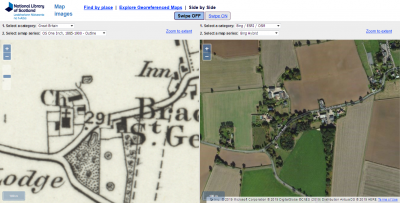Floyd
Antediluvian
- Joined
- Apr 2, 2019
- Messages
- 7,923
Yes, you're quite correct regarding which section of Corporation Road the shop would have been on (due to Ray's account and others who remember it being very close to the station). Thanks for the info. (Although BOTH roads- A61 AND this part of Corporation Road are actually to the West of the station).My understanding is that Ray had this experience whilst walking from the station to Chesterfield Hotel and vice-versa. This is an extremely short distance, as to get from the station to the hotel, you turn left upon leaving the station, walk maybe 30 yards and then cross the road, with the hotel there. There are currently no shops on the little bit of road you'd walk along - just an old building, used, I think, as an insurance company office. I've just spoken to Vivienne Brocklehurst, who researched this matter in conjunction with the Local Studies section of Chesterfield Library and who wrote the article on time-slips in Psychic News. The feeling is that the shop was very small, basically next door to the station, on the left-hand side of the road and definitely now demolished. The point is that the shop would not have been where the A61 is, as that is the east of the station and the relevant road is to the west of the station.
Last edited:


